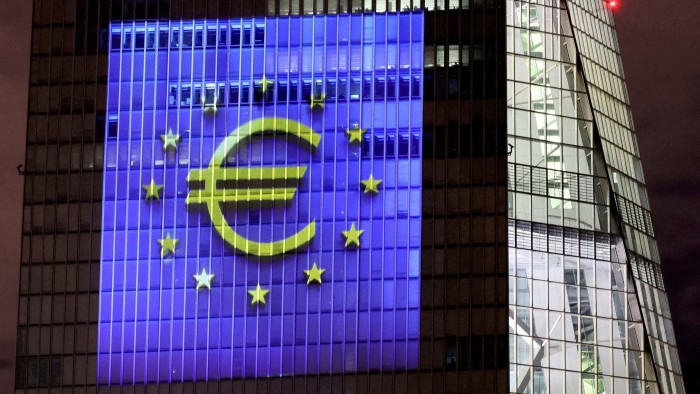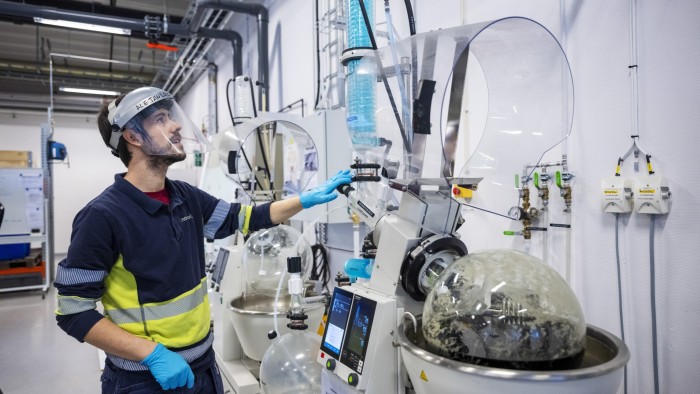Eurozone inflation falls below target to 1.9%

Unlock the Editor’s Digest for free
Roula Khalaf, Editor of the FT, selects her favourite stories in this weekly newsletter.
Eurozone inflation fell below the European Central Bank’s 2 per cent target in May for the first time in seven months, in figures economists said made further interest rate cuts this year more likely.
May’s annual inflation reading of 1.9 per cent was down from April’s 2.2 per cent figure and below analyst expectations of 2 per cent in a Reuters poll.
It was the first time inflation was below the 2 per cent goal since September, when it briefly dropped to 1.7 per cent after exceeding the target for more than three years.
The euro slipped in immediate trading after the data publication on Tuesday, down 0.3 per cent on the day at $1.141.
In a reference to the impact of Donald Trump’s tariffs, Diego Iscaro, an economist at S&P Global Market Intelligence, said that the decline in inflation would “offset some of the headwinds on consumption stemming from a highly uncertain economic environment”.
He predicted that price pressures would ease further over the coming
months due to the stronger euro, cheaper commodities and a softer
labour market, adding that he expected the ECB to lower its benchmark deposit rate from its current 2.25 per cent to 1.5 per cent in the third quarter.
The central bank will make its next interest rate decision and update its inflation forecasts on Thursday. It predicted in March that inflation in the currency area would hover above target this year, before falling to 1.9 per cent in 2026.
In trading after the data release, swaps markets continued to expect another quarter-point cut in the ECB’s benchmark interest rate on Thursday. That would take the rate to 2 per cent — the lowest level in more than two years and half that of June 2024, when the central bank started to reduce borrowing costs.
Two quarter-point cuts are priced in by this time next year.
A cut this week would mean the ECB was “entering the final stages of its rate-cutting cycle”, Konstantin Veit, a portfolio manager at Pimco, wrote in a note to clients before Tuesday’s figures were released.
“Underlying cost pressures continue to dissipate, with wage pressures easing somewhat faster than previously expected,” he added.
Tuesday’s figures showed that core inflation, excluding volatile food and energy prices, fell to 2.3 per cent in May compared with 2.7 per cent in April.
The closely watched figure for services inflation — a gauge for domestic price pressures — dropped to 3.2 per cent, the lowest level since March 2022. It had reached 4 per cent in April.






